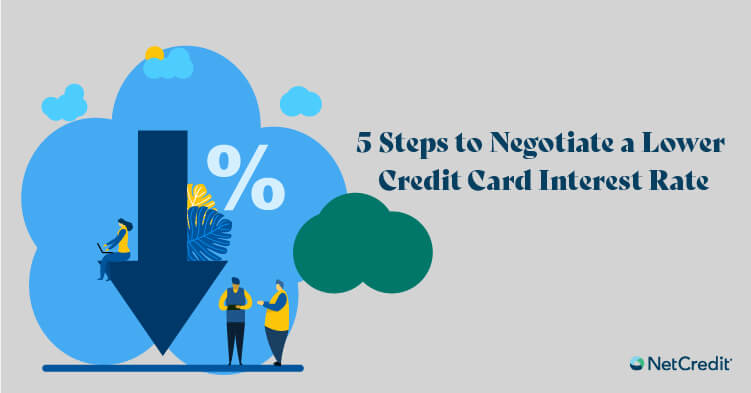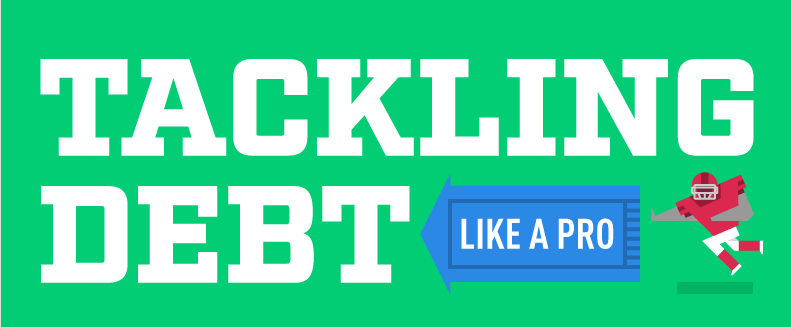You might have heard the term “revolving credit.” It gives you access to funds that you can tap as needed instead of all at once like a traditional loan. The best known type of revolving credit is a credit card.
But the other is a personal line of credit.
So what’s the difference between a personal line of credit and a credit card? Does one allow you to borrow more than the other? Is one more convenient? Below we’ll explore both options to help you decide which is right for you.
Personal Line of Credit vs. Credit Card
Compared to a credit card, a personal line of credit is more typically used like a traditional loan — you request funds that are deposited to your bank account. A credit card, when used to make purchases, does not do this. You swipe your card and the credit card company makes the purchase for you. You’re then responsible for repaying the credit card company for the cost of the purchase and any interest that’s charged.
Many credit cards, however, offer cash advances, which function like a line of credit. Instead of making purchases on credit, you’ll request a sum of cash to be deposited into your bank account. You can then use this cash to cover your needs. This can be helpful because not everything can be bought on credit.
What’s the Difference between a Personal Line of Credit and a Credit Card Cash Advance?
When comparing a line of credit and a cash advance from a credit card, there are two primary considerations: borrowing fees and credit limit.
Borrowing Fees
When you receive a line of credit from your credit card provider, you may be penalized with borrowing fees. This is because a cash advance isn’t the primary use of a credit card. A line of credit on the other hand is designed only to be used for cash advances, so any extra fees are generally less expensive than cash advances with a credit card.
Credit Limit
Credit cards typically cap cash advances at a percentage of your credit limit. The amount you can receive varies, but generally it’s around 30% of your credit limit. (If your limit is $1,000, you’d be able to request up to $300 as a cash advance.)
What’s the Difference between a Personal Line of Credit and a Credit Card for Everyday Purchases?
The main difference between a personal line of credit and credit card when you’re making everyday purchases is that a credit card typically gives you a grace period before you’re charged interest on what you buy. This grace period usually lasts until your next billing cycle, and if you pay off your balance, you won’t be charged interest. A personal line of credit, on the other hand, typically does not offer a grace period, and borrowers will owe interest and fees on what they draw. A cash advance on a credit card also does not typically offer a grace period.
A few other things to consider when thinking about both are the credit limit, the interest rate, personal financial requirements and any rewards or perks offered. You should also consider what your financial needs are.
How Does a Personal Line of Credit Work?
When you receive a personal line of credit, you’ll get access to a well of funds that you can draw from. You can borrow money up to a certain credit limit and as you repay those funds will become available again.
When it comes to repayment, you’ll only pay interest on the amount you borrow. So if you have a line of credit with a $10,000 limit and you only borrow $1,000, you’ll only be charged interest and fees on that $1,000.
Though you’re only charged interest on the amount you borrow, your lender still might charge you some maintenance fees to keep your account open — even if you haven’t taken a draw. This is common but depends on the lender. Be sure to read through the terms and conditions before signing so you don’t get taken by surprise.
A line of credit can come in handy if you have unpredictable income, a large project you want to tackle or if you just want access to funds for emergencies. As long as the account is open and you haven’t reached your borrowing limit, you’ll have access to those funds.
Where Can I Get a Personal Line of Credit?
There are a number of lenders who offer lines of credit. You can usually find them being offered by banks, credit unions and online lenders. Each of these providers will have their own requirements and terms, so be sure to do your research.
Online lenders typically have more lenient requirements to get a personal line of credit, making it easier for borrowers to qualify. But no matter where you apply, your approval and rates will be largely determined by your credit profile and how high you want your limit to be set.
How Does a Credit Card Work?
A credit card works much like a personal line of credit. After you’re approved, you’ll be issued a credit limit and a card. You can use this card to make purchases that are charged against that limit. At the end of the period you’ll be sent a bill and once you’ve paid those funds will once again become available to you.
A credit card is useful for everyday purchases like gas, groceries and bills. Many people find them more convenient than paying with cash or check, and they’re widely used. (In the U.S., 181 million people, or 70 percent of adults, had a credit card account in their name.) You may also be offered credit cards from your favorite stores — these can come in handy if you want to spread out the cost of purchases if you need a new work wardrobe or the kids need back to school clothes.
Like a personal line of credit, you’ll only be charged interest on the amount you borrow, and you’ll typically have a grace period to pay off your purchases interest free. Some providers even offer cards that earn you rewards as you use them.
There are a lot of credit card issuers, and they offer a wide range of cards tailored for all kinds of financial situations. There are cards for those with poor credit and cards for those with excellent credit. You’ll need to evaluate what your credit profile looks like when deciding what kind of card is best for your situation.
Benefits of a Personal Line of Credit vs. a Credit Card
The benefits of a line of credit compared to a credit card depend on the specific line of credit and credit card being compared. However, there are some general differences between the two.
Benefits of a personal line of credit
- Larger funding amounts compared to a credit card cash advance
- Interest rates are generally lower than credit card cash advances
- Funding is provided in cash
Benefits of a credit card
- Account can typically stay open indefinitely – a line of credit may have a set time limit
- Rewards and other perks may be offered
- Interest isn’t charged until the grace period ends – it typically is charged immediately for cash advances however
- Cash-free purchases for convenience
Which Is Better: Personal Line of Credit or Credit Card?
The short answer? It depends.
You’ll need to evaluate your financial situation to decide which is best for you. There are many considerations to take into account, so finding the right one for you will require some research.
For ordinary purchases and expenses, a credit card usually has the benefit of convenient cash-free purchases and an interest-free grace period. But if you need a loan to provide cash funding, a personal line of credit may be an option for you because the interest rate is often lower than with a credit card cash advance. Whatever route you choose, be sure to educate yourself and read the fine print.






